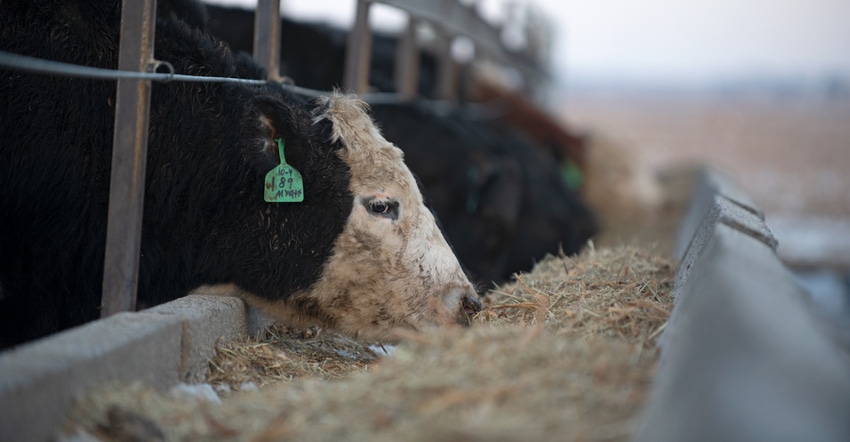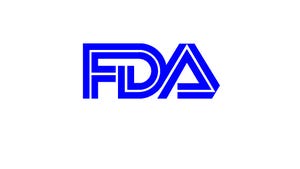7 steps to prepare calves for feedyard, market
Groundwork for cattle to perform in the feedyard begins as early as breeding time. Plus, maternal nutrition can influence calf health and efficiency in the long term.

Have you ever gone through the steps to prepare a child for kindergarten? Randall Raymond, director of research and veterinary services at Simplot Livestock, says it’s the same philosophy to make sure calves are ready for the feedyard, to maximize margins and increase efficiency: “Always have the next step in mind.”
Raymond shares seven steps to help beef producers think ahead and manage calves to top the market:
1. Genetics. Crossbreed to make the most of heterosis. Raymond says Simplot Livestock’s herd consists of Angus-based cattle crossed with Hereford genetics. These F1 crosses are then bred to a Charolais-terminal bull. The result is cattle that in the past 10 years have had 0.75% less of a death loss than completely black or baldie cattle.
2. Maternal nutrition. Ever heard of the term fetal programming? Raymond says what happens to a calf while in the uterus is just as important as what happens after birth. Studies have shown that maternal nutrition can affect the carcass traits, reproduction and health of the calf in the long run. Plus, practices such as a protein supplementation fed to the cow during the last trimester of pregnancy can increase colostrum quality and quantity, helping the calf get off on the right foot.
3. Pre-weaning. Raymond has often seen health concerns in the feedlot that trace back to a mineral intake and profile issue. He adds that most cattle in the U.S. are deficient in copper, selenium and zinc. Producers should consider a weaning mineral to balance nutrient levels and keep cattle healthy. Pre-conditioning programs are not a silver bullet and may not work for every producer. So, you also need to handle calves with minimal stress, and time the vaccination schedule appropriately, or this strategy may not be worth your time or money.
4. Post-weaning. Once calves are weaned, make sure clean water is accessible. And provide palatable feed and minerals such as a fortified mineral, hay and starter ration, and feed additives such as ionophores. Raymond says they even use controlled exercise, moving cattle in and outside of their pen, to acclimate them to feed and water in their environment.
5. Illness exposure. To help reduce exposure to illness, limit commingling different groups of calves. Raymond says the key is to refrain from splitting and combining groups of calves, if possible. But if you need to mix pens, then wait until calves are on feed for at least 40 days. Other ways to limit sickness among calves includes water tank sanitization, management of diseases sources, infectious disease testing and long-acting antibiotics, if needed.
6. Stress. Stress is the strongest influence of immune compromise, Raymond says, adding that high stress for a short period of time is better than prolonged stress. But still, producers should remember to use low-stress handling techniques — especially in situations such as gathering, branding, sorting, weaning, processing and trucking.
7. Animal health products. Lastly, Raymond reminds producers that not all vaccines perform the same or provide the same level of stress, so use an expert to develop the best vaccination protocol for your operation. Plus, even if you choose the right vaccine at the right time, cattle must be prepared to receive the vaccine. If cattle are deficient in copper or selenium or under high stress, then no form of a vaccine will work correctly. And remember that dewormers, antibiotics and immunostimulants are all animal health products that can help keep cattle healthy in the feedlot.
You can always prepare for new events, and setting up calves for success in the feedyard is no different, Raymond says. Steps taken as early as breeding time can influence the health and performance of cattle throughout every point of the cycle.
About the Author(s)
You May Also Like




.png?width=300&auto=webp&quality=80&disable=upscale)
